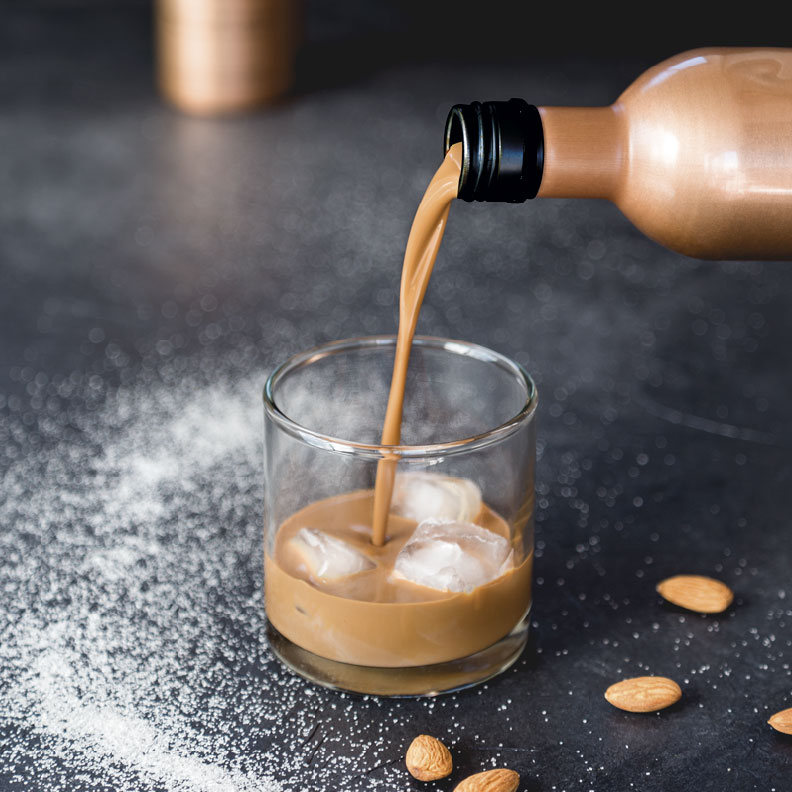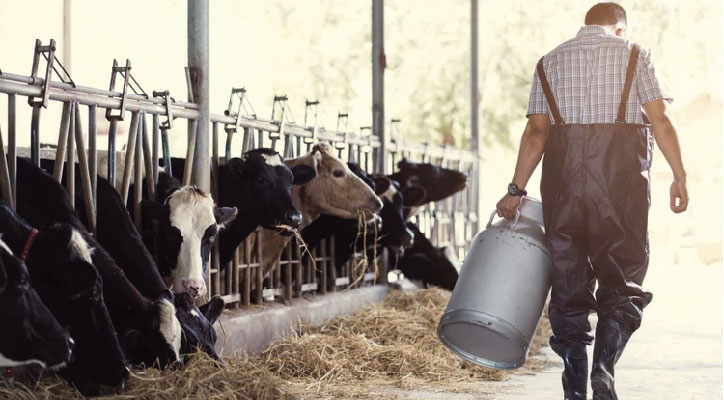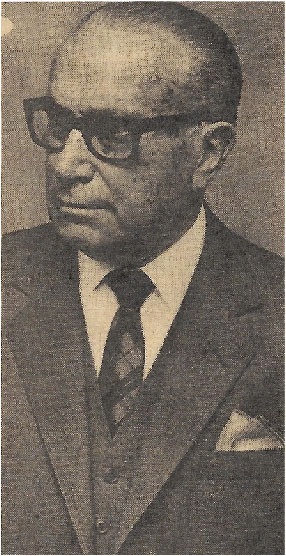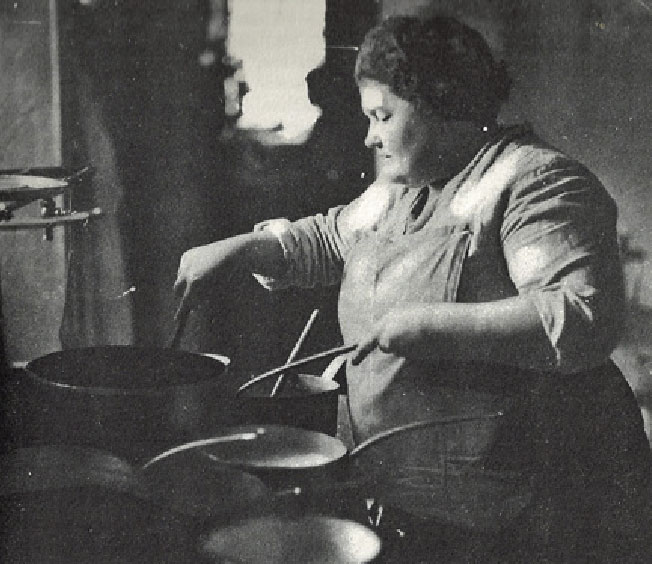About Tambo
To produce TAMBO Liqueur, we use natural Dulce de Leche made by us from the very beginning of the business. Milk is mixed up with sugar and heated in our pans. Then we continue with its evaporation and here is when the process of “caramel - coating” begins. During the process it is also added an alcoholic maceration of vanilla strings which becomes part of the taste blend, adding up some sweet, soft and unmistakable notes, which provide Tambo its exclusive nature.
We are talking about a product associated with indulgent consumption, which gives pleasure and refers to an experience of full enjoyment.











